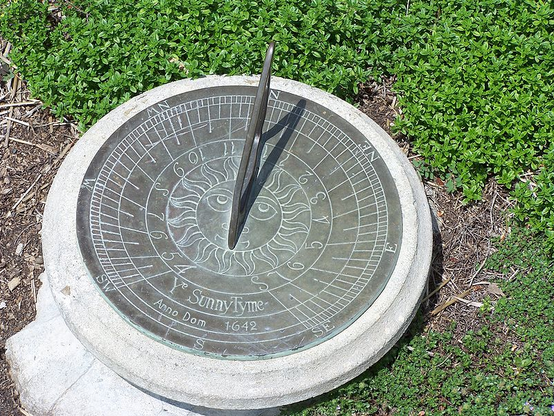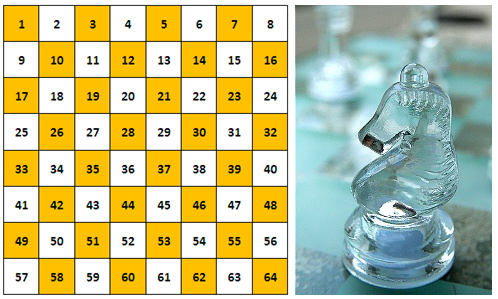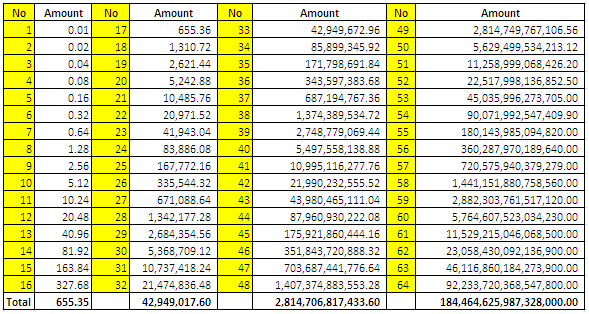Operations on Integers – Addition
Introduction
The set of integers is composed of the negative integers, zero, and the positive integers. The integers can be visualized using the number line (see first figure), a horizontal line, where, by convention (agreed upon by mathematicians), the negative numbers are located at the left of zero, and the positive integers at the right of 0. In the number line, the number a is greater than the number b if a is at the right of b. Therefore, -2 is greater than -3, -1 is less than 1, 0 is greater than -4.
![]()
As shown in the figure above, each integer has a specific location (coordinate) on the number line. Aside from being a coordinate on the number line, each integer can also be considered as movement from 0. For example, +2 means moving 2 units to the right of 0, while -3 is moving 3 units to the left of 0.


